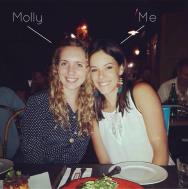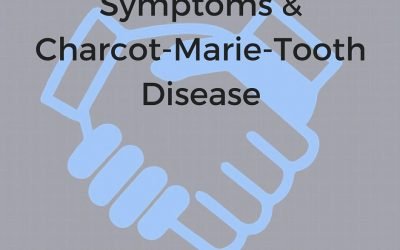The Hereditary Neuropathy Foundation (HNF), today announces a Pediatric CMT Natural History Study enhancement to their Charcot-Marie-Tooth (CMT) and Inherited Neuropathies (IN) patient registry, Global Registry for Inherited Neuropathies (GRIN). GRIN is an IRB approved; patient consented registry. This research consortium consists of researchers and clinical experts, including various partnerships globally (CMT advocacy groups, data scientists, genetic experts and industry).
CMT is a group of inherited disorders with 128 genes responsible for all the CMT subtypes, CMT1A being the most common. GRIN acquires, records, and analyzes patient-reported data and associated genetic reports to identify the burden, diagnostic journey and prevalence of disease. CMT impacts the quality of life starting in childhood and is progressively debilitating. Currently, there are no treatments, but there are many potential therapies in the pipeline. There are still gaps in understanding the natural history of the disease and phenotype genotype correlation, especially in younger patients.
Together with Dr. Vamshi Rao, Lurie Children’s Hospital in Chicago, IL; and Dr. Aravind Veerapandiyan, Arkansas Children’s Hospital, Littlerock, AR; the HNF seeks to establish a Pediatric Natural History Study by collecting the validated, clinical CMT scales in the GRIN registry. Pediatric patients seen by Drs. Rao and Veerapandiyan will be asked to join GRIN and participate in the study by consenting to have their clinical data including CMTPedS or CMTInfS scores entered into GRIN. Staff at both sites have been certified to conduct the evaluations. If you would like to be considered for the study, or if you would like to nominate your pediatrician or pediatric neurologist to participate in the study, please complete this contact form.
Currently, data from GRIN shows pediatric patients ages 0-17 diagnosed with CMT are broadly affected with a wide spectrum of symptoms. CMT impacts quality of life starting in childhood. 22.3% of CMT patients experienced initial symptoms during early childhood, between ages 0 and 5 years. About half (50.5%) of CMT patients had symptoms onset before the age of 16 years. 55% of symptoms were noticed by family members before official diagnosis. This Pediatric CMT Natural History Study seeks to expand upon these findings which will have important implications for design of clinical trials and identification of meaningful endpoints. It’s critical that pediatric physicians encourage enrollment of patients in GRIN.
Current locations recruiting are:
Arkansas Children’s Hospital
Dr. Aravindhan Veerapandiyan
1 Children’s Way
Little Rock, AR 72202-3591
To participate contact: [email protected]
Ann and Robert H. Lurie Children’s Hospital of Chicago
Dr. Vamshi Rao
225 East Chicago Avenue
Chicago, IL 60611
To participate contact: [email protected]









0 Comments